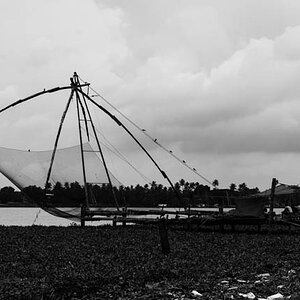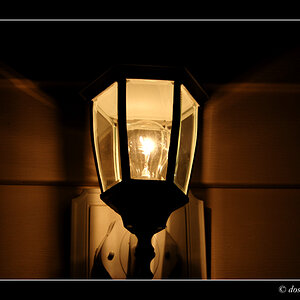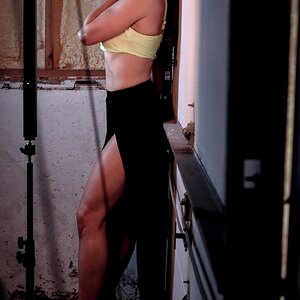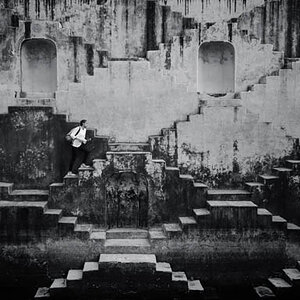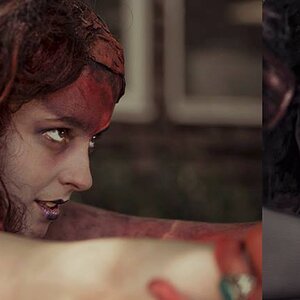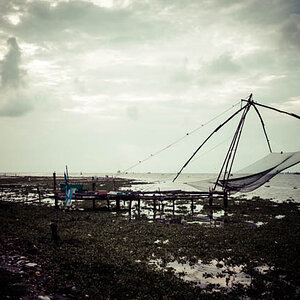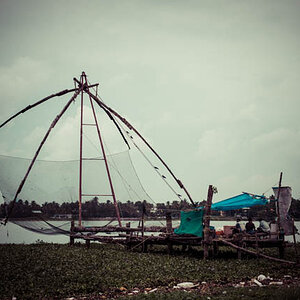Alpha
Troll Extraordinaire
- Joined
- Mar 15, 2005
- Messages
- 5,451
- Reaction score
- 41
- Location
- San Francisco
- Can others edit my Photos
- Photos NOT OK to edit
Ok, so let's run with this.
Perhaps a reducing back on an 8x10 could be a good idea. You could shoot digital, 8x10 film, 4x5 film, polaroid, or scan back. Depending on the camera it can be a bit to lug around.
It does open up some interesting possibilities though.
Consider if you had an 8x10 with a reducing back, a non-scanning digital back, and a MF body.
Now that would be a dream. You could use the 8x10 to shoot 8x10 film, 4x5 film, 4x5 polaroids, or digital (the last two which you could use to proof). And upon returning to the studio, you could slap the back onto a MF body.
Perhaps a reducing back on an 8x10 could be a good idea. You could shoot digital, 8x10 film, 4x5 film, polaroid, or scan back. Depending on the camera it can be a bit to lug around.
It does open up some interesting possibilities though.
Consider if you had an 8x10 with a reducing back, a non-scanning digital back, and a MF body.
Now that would be a dream. You could use the 8x10 to shoot 8x10 film, 4x5 film, 4x5 polaroids, or digital (the last two which you could use to proof). And upon returning to the studio, you could slap the back onto a MF body.


![[No title]](/data/xfmg/thumbnail/39/39438-1eb8b5f82b59d9d0c72ae9025778ed4c.jpg?1619739032)
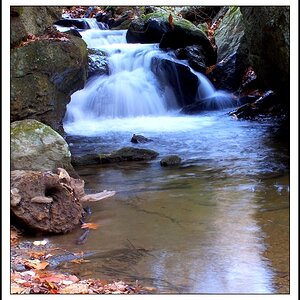
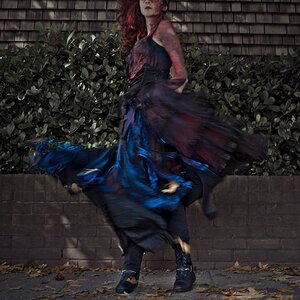
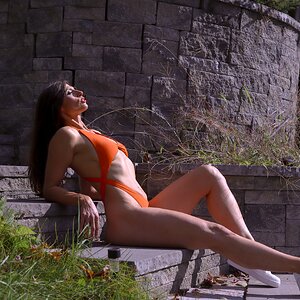
![[No title]](/data/xfmg/thumbnail/42/42453-e95056d39ba6f0ce0e7a7fff81041853.jpg?1619740190)
